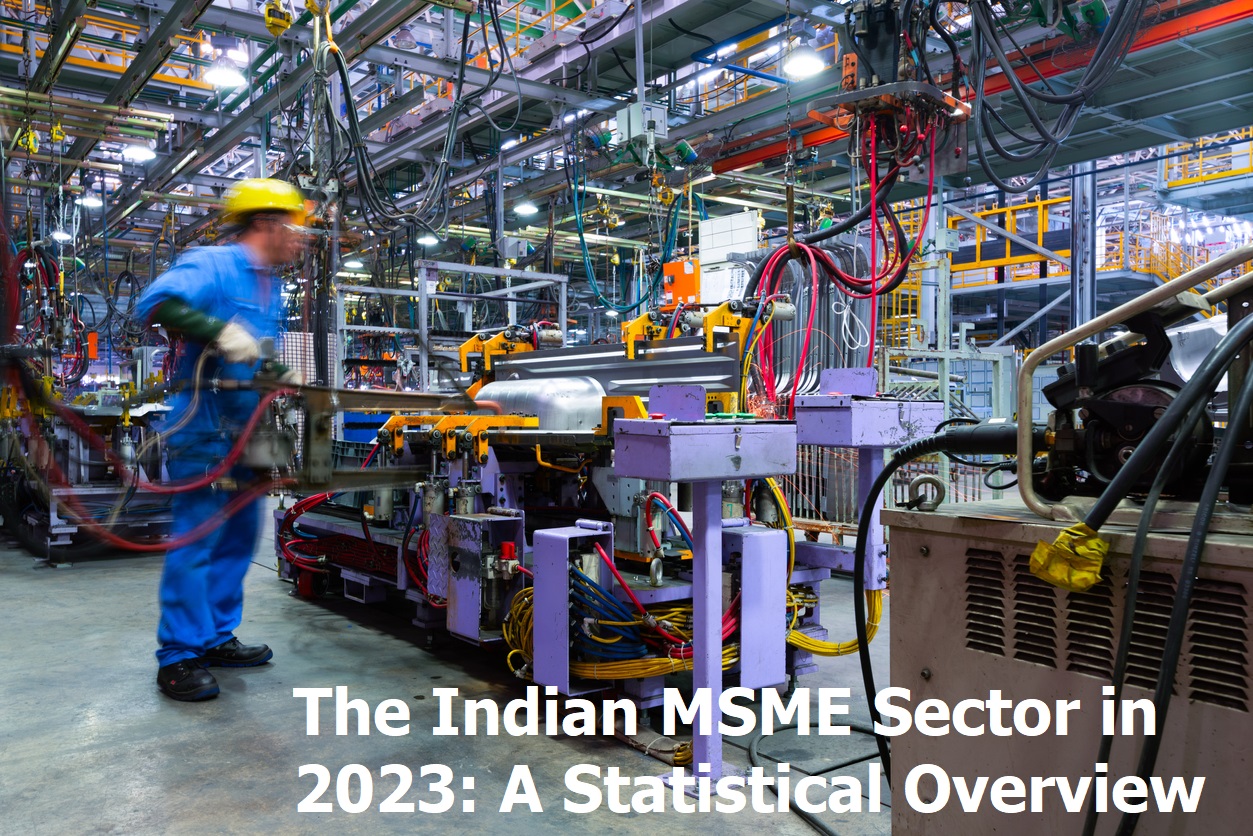Micro, small, and medium enterprises (MSMEs) are the backbone of the Indian economy, accounting for 33% of GDP and employing over 11 crore people. In 2022-23, MSMEs also accounted for 40% of India’s exports. The MSME sector is highly diverse, with enterprises operating in a wide range of industries, including manufacturing, services, and agriculture.
The food industry is the top employer among MSMEs, accounting for 25% of all MSME employment. Other major employers include the textile industry (15%), the engineering industry (10%), and the chemical industry (5%).
According to the latest data from the Ministry of Micro, Small, and Medium Enterprises, there are over 6.3 crore MSMEs in India. Of these, 99.6% are micro-enterprises, which employ less than 10 people. Small enterprises, which employ between 10 and 49 people, account for 0.3% of MSMEs, while medium enterprises, which employ between 50 and 249 people, account for 0.1% of MSMEs. MSMEs play a vital role in rural employment, with over 32 crore units located in rural areas.
Male ownership predominates in the MSME sector, with men accounting for 88% of MSME owners. However, the number of women-owned MSMEs is growing rapidly. In 2022-23, the number of women-owned MSMEs increased by 15%.
Recent trends in the MSME sector
The MSME sector has been in the throes of change over the last few years. Some of the key trends include:
- Growing digitalization: MSMEs are increasingly adopting digital technologies to improve their efficiency and productivity.
- Rising women entrepreneurship: The number of women-owned MSMEs is growing rapidly. In 2022-23, the number of women-owned MSMEs increased to 20.34%.
- Focus on export markets: MSMEs are increasingly exploring export markets to grow their businesses.
The government of India has implemented a number of policies and programs to support the MSME sector. These include:
- Providing access to finance through schemes such as Pradhan Mantri Mudra Yojana and Credit Guarantee Fund Trust for Micro and Small Enterprises (CGTMSE)
- Providing technological assistance through schemes such as Technology Upgradation Fund Scheme and Technology Development Centre Scheme
- Providing market support through schemes such as National Small Industries Corporation (NSIC) and Export Promotion Council for Handicrafts (EPCH)
- The government’s flagship initiatives, Make in India and Startup India, aim to promote domestic manufacturing and entrepreneurship.
In addition to the government’s support, MSMEs are also benefiting from the rapid growth of the Indian economy. The increasing urbanization of India, the rising disposable incomes of Indian consumers, and the growing demand for Indian products in the global market are all creating new opportunities for MSMEs.
Challenges facing the MSME sector
Despite its importance to the Indian economy, the MSME sector faces a number of challenges. Some of the key challenges include:
- Access to finance: MSMEs often have difficulty accessing finance from traditional lenders.
- Technology adoption: Many MSMEs, particularly in rural areas, lack the resources or the awareness to invest in new technologies.
- Competition from large enterprises: MSMEs face stiff competition from large enterprises, which have greater access to resources and markets.
Conclusion
The MSME sector is a vital pillar of the Indian economy. It contributes significantly to GDP, employment generation, and export earnings. The government of India is taking a number of steps to support the MSME sector, such as providing access to finance, technology, and markets.
Despite the challenges it faces, the MSME sector is expected to continue to grow in the coming years. This growth will be driven by factors such as the increasing urbanization of India, the rising disposable incomes of Indian consumers, and the growing demand for Indian products in the global market.
Sources:
https://www.forbes.com/advisor/in/business/msme-statistics/
https://msme.gov.in/


